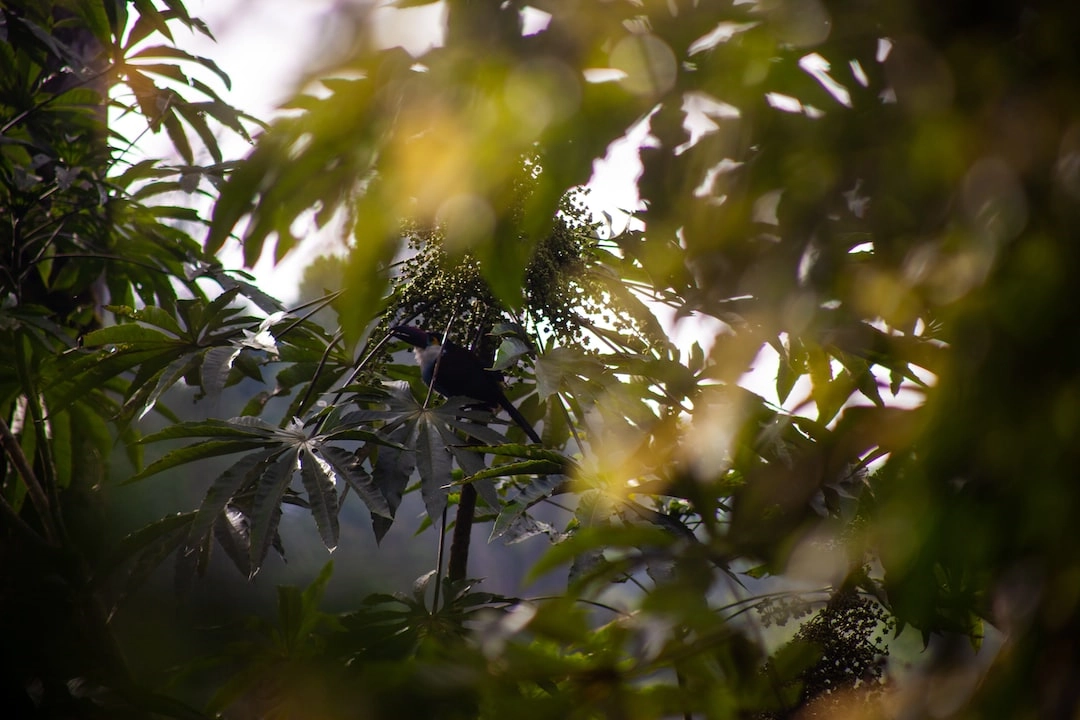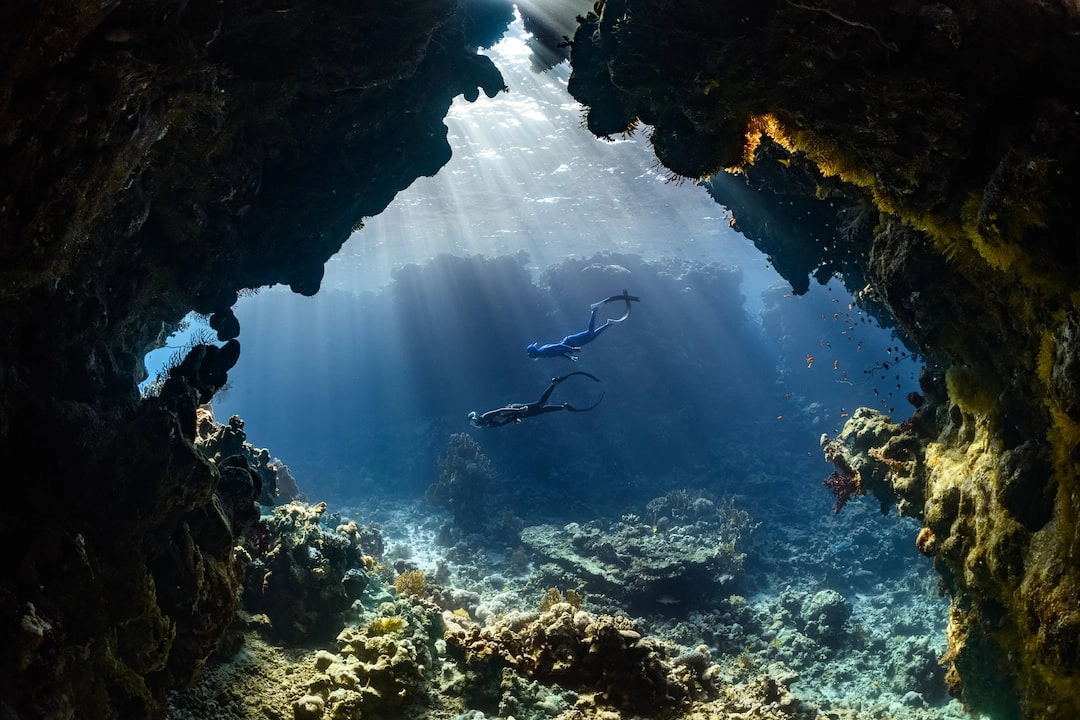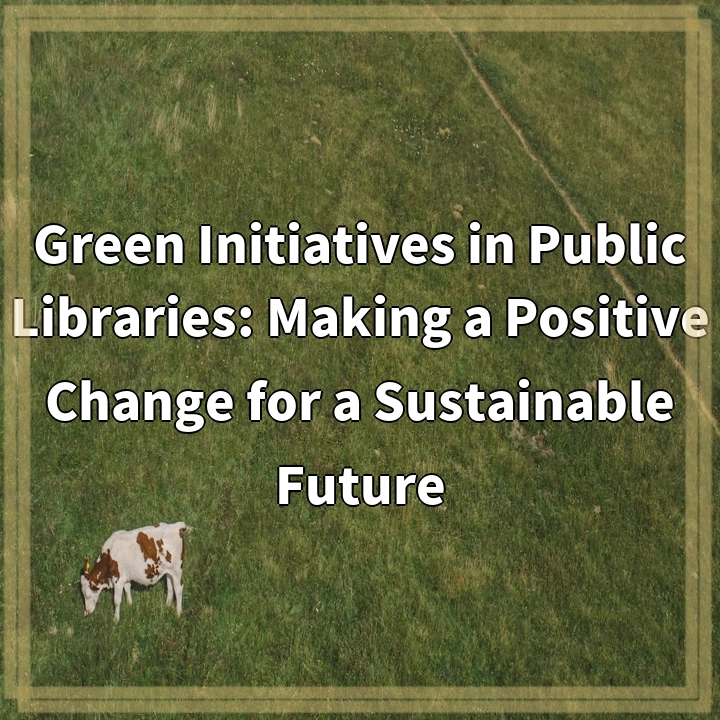
What is Biodiversity?
Biodiversity refers to the incredible variety of plant and animal species that coexist on our planet. It encompasses the genetic diversity within species, the diversity of species within ecosystems, and the diversity of ecosystems themselves. Biodiversity is what makes Earth unique and vibrant, forming the foundation of natural processes and providing numerous benefits to human societies.
Real-World Problems Associated with Biodiversity
Biodiversity loss has become an alarming issue in recent years. Human activities, such as habitat destruction, pollution, climate change, and overexploitation of resources, have contributed to the decline of biodiversity globally. Here are some of the real-world problems associated with biodiversity loss:
1. Ecosystem Disruption
Biodiversity loss disrupts the delicate balance of ecosystems. Each species plays a crucial role in maintaining the health and functionality of ecosystems, and when species disappear, the entire ecosystem can suffer. This disruption can lead to a cascade effect, causing the decline of other species and affecting ecosystem services, such as pollination, water purification, and carbon sequestration.
2. Threat to Food Security
Biodiversity loss poses a threat to global food security. Many agricultural practices depend on the genetic diversity of crops to adapt to changing environmental conditions and pests. Loss of biodiversity reduces the availability of genetic resources for crop improvement, making food systems more vulnerable to disease outbreaks and climate change impacts.
3. Decline in Medicinal Resources
Biodiversity loss also means a loss of potential medicinal resources. Many plant and animal species contain compounds that have been used for centuries in traditional medicine and have the potential for developing new drugs. When species go extinct, we not only lose potential cures but also the knowledge and practices of indigenous communities associated with their use.
4. Disruption of Ecotourism
Biodiversity loss can have a negative impact on ecotourism, which relies on intact and diverse ecosystems. Many people travel to experience the beauty and uniqueness of natural environments and the wildlife they harbor. When species disappear or habitats degrade, it diminishes the attractiveness and economic value of such destinations, affecting local communities and economies.
5. Global Stability and Resilience
Biodiversity loss threatens the stability and resilience of the entire planet. Ecosystems provide crucial services, such as climate regulation, flood control, and soil fertility, which are essential for human well-being. As biodiversity declines, these services become compromised, making societies more susceptible to the impacts of climate change, natural disasters, and other environmental shocks.
In conclusion, biodiversity is not only a source of beauty and wonder but is also fundamental for the survival and prosperity of life on Earth. Understanding the real-world problems associated with biodiversity loss is crucial in motivating individuals, communities, and governments to take action and protect the incredible tapestry of life that surrounds us.

Solutions to Biodiversity Loss
Addressing the issue of biodiversity loss is a complex task that requires collective efforts and a multi-faceted approach. Here are some potential solutions to combat biodiversity loss:
1. Conservation and Habitat Protection
One of the most effective ways to safeguard biodiversity is through the establishment and management of protected areas. These areas help preserve habitats, prevent further degradation, and provide a safe space for species to thrive. Additionally, implementing sustainable land-use practices, such as agroforestry and responsible forestry, can contribute to habitat protection.
2. Sustainable Resource Management
Adopting sustainable practices in resource management is crucial for the long-term well-being of both ecosystems and human societies. This includes sustainable fishing practices, responsible agriculture, and reduced consumption of natural resources by promoting circular economy principles. Sustainable resource management helps prevent overexploitation and reduces the negative impacts on biodiversity.
3. Climate Change Mitigation
Addressing climate change is an essential component of protecting biodiversity. Reducing greenhouse gas emissions, transitioning to renewable energy sources, and promoting energy efficiency can help mitigate the impacts of climate change on ecosystems. By minimizing temperature increases and extreme weather events, we can provide some level of protection for biodiversity.
4. Raising Awareness and Education
Increasing public awareness about the importance of biodiversity is crucial for its protection. Education and outreach programs can help individuals understand the value of biodiversity and the impact of their actions on the environment. By fostering a sense of environmental responsibility and stewardship, we can encourage people to take steps towards conserving biodiversity in their daily lives.
5. Collaboration and International Cooperation
Addressing biodiversity loss requires global cooperation and collaboration. Governments, organizations, and communities need to work together to develop and implement effective policies and strategies. International agreements, such as the Convention on Biological Diversity, provide frameworks for cooperation and set targets for biodiversity conservation.
In conclusion, protecting and restoring biodiversity is a collective responsibility requiring a combination of conservation efforts, sustainable resource management, climate change mitigation, education, and international collaboration. By taking these solutions into action, we can preserve the beauty of biodiversity and ensure a sustainable future for generations to come.















